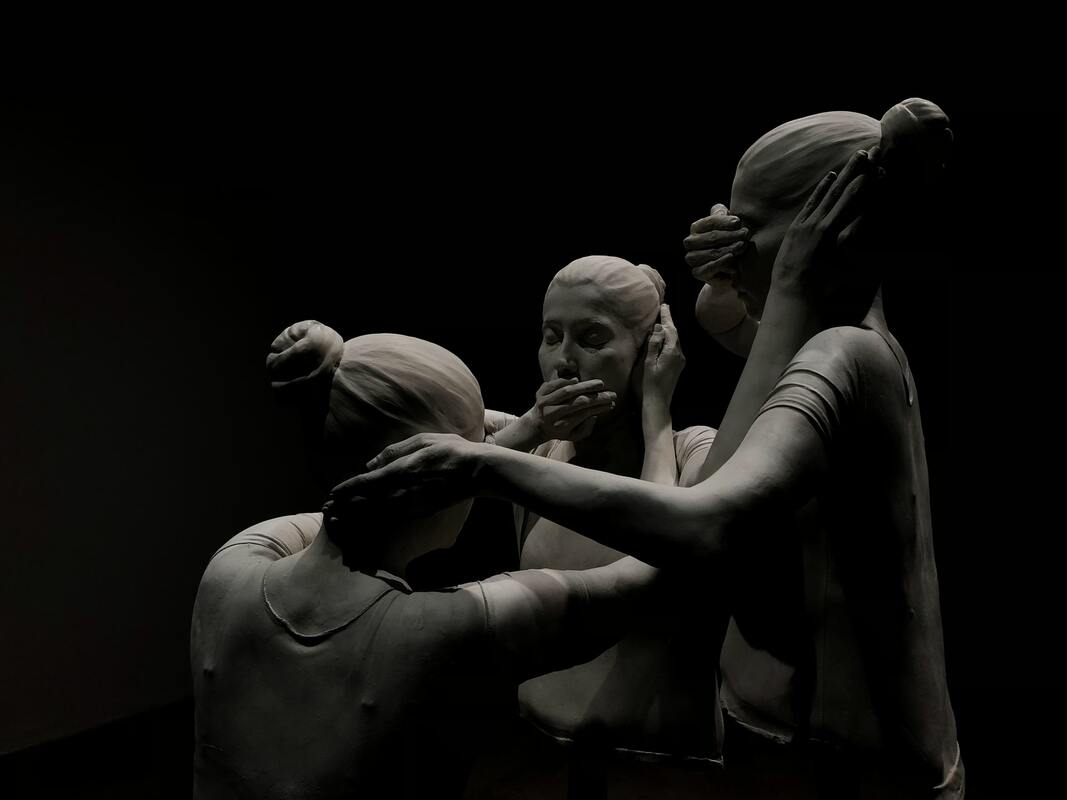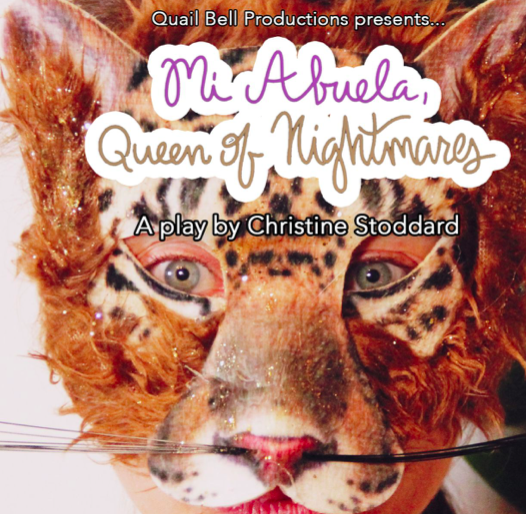|
The Breadcrumbs widget will appear here on the published site.
Personal Essay: The Lost Languages and the International Mother Language Day by Mehreen Ahmed3/2/2022 By Mehreen Ahmed 21st February is the International Mother Language Day—exemplary, and the most celebrated day world-wide for language. However, even as we speak, we lose a language. Even as we celebrate we lose a language. Research shows, we lose a language around the world, nearly every fourteen days. This paradox deems it necessary to save this endangered resource from getting extinct—particularly, indigenous languages are more at risk. Unequivocally, Bangla would have been lost too. Had it not been for the nation’s sacrifice. It happened on this day, the 21st February 1952. What precipitates this extinction? Why do people stop using it? In relation to the many lost indigenous languages, I draw my example from the lost Aboriginal languages, Australia’s first nation.
The Aboriginal culture is the oldest living culture in the world which dates back to nearly eighty-thousand years. Aboriginal languages consist of over three-hundred belonging to an estimated twenty-eight language families and isolates. However, many of these languages are lost today. As linguist Margaret Florey comments when asked about the disappearance of Aboriginal languages: "There were probably at least 250 languages at the time of colonisation. Now some of those languages have completely disappeared because of the processes that were associated with colonisation." One of those processes for this loss is the tainted history of the stolen generation. In a bid to eradicate the skin colour and the culture of this first nation, children were taken systematically from their mothers and placed in white families, their languages were not encouraged to be spoken and the culture was slowly forgotten with the colour of their skin through inter-marriages. Only the English language and the European culture were allowed to thrive. Such cultural and language hegemony gradually lead to the eradication of the languages. As far as its implication goes for the Bangla language, we nearly lost it too, when Urdu was declared as the state language of Pakistan at the time. History of this period is mostly known how people were killed in these protests to save Bangla and to make Bangla the national language instead of Urdu, since the majority was on our side. This was the single most instance in world history that the Bangladeshi people were the only nation to die for the lingua. The Canadian parliament made a note of that and the French Quebec cited this example when they were trying to break the English hegemony to carve out a place for the French language in the Canadian language context. The French Canadians, however, could not go as far as the Bangladeshi people in reinstating the French language as the lingua franca. Canada remains a bilingual country where the French language is dominant only in Quebec, unlike the French in France. However, in Bangladesh, this language movement had become significant to the lead up to the independence—a nation which takes pride today for Bangla being the state language—a struggle and sacrifice they had taken in their stride. Today, as I commemorate this occasion of the Ekushay, I revisit a time when I was growing up in Dhaka after the independence. I went to a music school BAFA to learn Tagore songs under the tutelage of renowned Tagore singers and teachers such as Atiqur Rahman and his wife Hamida Atique. Every Ekushay, we would have a whole night musicals on BAFA show-grounds where people would jostle through the night in hundreds to watch these functions composed of beautiful dances and songs--Aguner porosh moni choya o prane, a jibon punno koro: A touch of fire purifies life and soul--a dance choreographed holding candles, illuminating the midnight, without any outer lights such as electricity, hurricane lamps and so on. A most magical moment was created with the dancers performing with the candlelights on stage. It was a touching song too, and meaningful to the many martyrs, almost as they had been touched by the fire of enlightenment as the movement came to fruition. Then the traditional march to the Martyr monument to pay respect to the martyrs—a long march to the Shahid Minaar, with torches and candles nearly until dawn, another magical moment to remember. More dances and songs were performed at the monument until sunrise which is when this solemn march was broken. With each day passing, more research into the language movement reveals and adds wealth of nuanced aspects pertinent to its history. Where I fail as an ex-pat with nothing much to offer except my reminiscences. However, what really is important is the respect for the movement I have always had which will forever burn like the Olympian lamp. I am thankful to our Martyrs who saved our Bangla from getting lost. Today, it is a national language in its own right—a write-up in English for the world to understand.
0 Comments
CommentsYour comment will be posted after it is approved.
Leave a Reply. |
AuthorWrite something about yourself. No need to be fancy, just an overview. Archives
March 2024
Categories
All
|



 RSS Feed
RSS Feed






